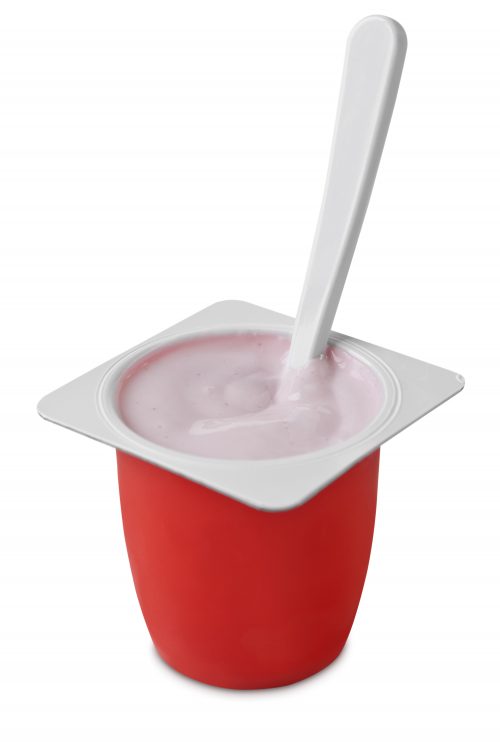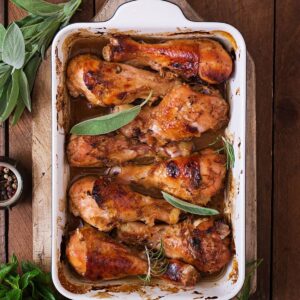
We give you advice on how to select a healthier yoghurt.
A pottle of low-fat yoghurt is a low-energy, portable snack chock-full of nutrients. Dairy foods are naturally low GI, easily digested, and filling. Choose low-fat options as fat in dairy is high in saturated fats.
Energy
Look for a pottle with about 600kJ or less to include as a daily snack or with a meal. Some studies have suggested increased dairy in the diet helps with weight-loss. While the mechanism for this is unknown, it is certain low-fat yoghurt is a healthy part of a weight-loss or weight maintenance diet.
Yoghurt naturally contains sugar (lactose), and any fruit will add sugar, too. Some yoghurts are further sweetened: either with sugar, which adds kilojoules, or artificial sweeteners (no extra kJ).
We suggest you stick to the under 600kJ guide for a pottle and focus on the flavour and texture you prefer.
Calcium
Bones are at their peak strength in our early twenties and are continually being reformed. We need a constant good supply of calcium to keep them as strong as possible over time. Dairy is not only rich in calcium but lactose – the natural sugar in milk and yoghurt – may help us absorb calcium. The recommended dietary intake (RDI) for calcium for most adults is 1000mg per day, but for women over 50 and men over 70 the calcium RDI is 1300mg. More than two serves of high-calcium foods every day are needed to achieve that. Vitamin D, another key nutrient for bone health, also enhances calcium absorption. For this reason, some yoghurts like Anlene, Fresh'n Fruity and Symbio have added vitamin D.
Yoghurt with more than 250mg calcium per serve provides about 25 per cent of our daily needs.
Probiotics
Probiotics are thought to aid digestion by improving the balance of good to bad bacteria in our large intestines. Some cultures found in yoghurts are probiotic, but to be therapeutic, these live cultures must survive in large enough quantities, which depends on how many there were to start with and storage conditions up to the time of consumption. While many yoghurts list probiotic cultures in their ingredients, if they don't state a specific benefit on their pack, there is unlikely to be a benefit.
Make your own yoghurt
Ready-to-go pottles of yoghurt are super-convenient snacks, but given we are looking for ways to extend our food dollars in this economic climate, making your own yoghurt and putting it into small reusable packs can be a great money-saver.
You'll need a yoghurt maker to start. It may cost around $20 but it's a worthwhile investment. To make yoghurt, you just mix a sachet of yoghurt mix with some water and leave this mix in the yoghurt maker for about eight hours. You can make one litre of low-fat yoghurt for around $3.80 – about $0.55 a serve. For about $4, you can buy a five-pack of small (280ml) GladWare containers. Just remember to only half-fill the containers with yoghurt for your take-to-work snack.
The Easiyo Raspberry mix makes up to one litre of yoghurt. A 143ml serve (about seven serves per litre) provides 590kJ, 2.7g fat, 1.7g sat fat, 22g sugars, and 220mg calcium.
www.healthyfood.com










